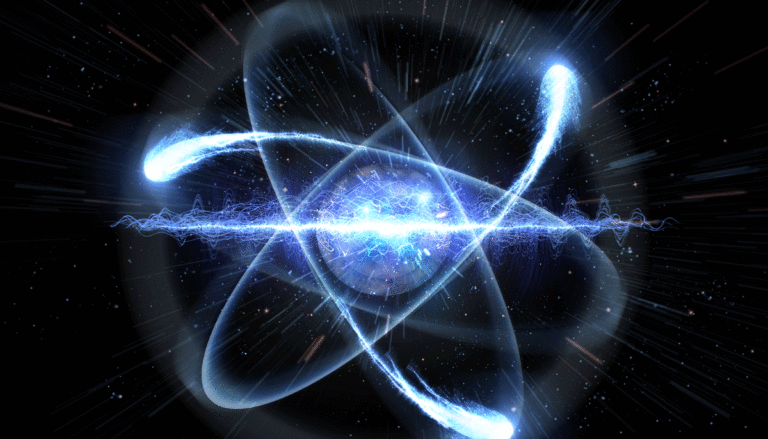European scientists have made a breakthrough in developing nuclear fusion – the energy process powering the stars – by proving that near limitless clean, low-carbon, low-radiation energy is possible.
Major breakthrough in producing nuclear fusion energy
European scientists at the UK-based JET laboratory announced success in developing practical nuclear fusion, the BBC reported.
However, it wasn’t the first time they have done so, but this time they more than doubled their previous record for both generating and sustaining nuclear fusion, CNN reported.
Nuclear fusion is the same energy process that powers the stars and occurs when two or more atomic nuclei are combined to form one or more different atomic nuclei and subatomic particles. The reaction is either the release or absorption of energy.
Near the English city of Oxford, scientists built a giant doughnut-shaped machine known as a tokamak. In this latest experiment, scientists produced 59 megajoules of energy over five seconds or about 11 megawatts of power. This equates to enough energy to boil about 60 kettles’ worth of water.
To achieve the result, the heat in the machine reached a temperature ten times hotter than the center of the sun and applied vast amounts of pressure for fusion to occur.
In this experiment, researchers used the elements deuterium and tritium – both hydrogen isotopes – to fuel the fusion. Both elements are found in seawater.
Nonetheless, this doubles what was achieved and similar tests in 1997. Further, it validates design choices engineers have made for an even larger fusion reactor that is currently under construction in France.
“The JET experiments put us a step closer to fusion power,” said Dr. Joe Milnes, the head of operations at the reactor lab. “We’ve demonstrated that we can create a mini star inside of our machine and hold it there for five seconds and get high performance, which really takes us into a new realm.”
The difference between nuclear fusion and nuclear fission
Today, nuclear power plants create energy through a different process, known as nuclear fission. Rather than using atoms, such as occurs in nuclear fusion, fission splits atoms. The major downside of nuclear fission is its waste byproduct that can remain radioactive for tens of thousands of years. Further, the process is potentially hazardous in the event of an accident. In 2011, an earthquake and tsunami in Japan created a disaster at the Fukushima nuclear facility. As authorities try to determine what to do with the contaminated wastewater, it remains an ongoing problem, as the current tanks are expected to be filled by summer 2022. Some discharge of radioactive water was already reported in April 2011.
The benefits of nuclear fusion
By contrast, nuclear fusion is much safer than nuclear fission energy production, producing little waste and requiring only small amounts of abundant, naturally-sourced fuel, including elements extracted from seawater. Nuclear fusion appears to be an attractive option as the world seeks to move away from the use of fossil fuels that are driving climate change and away from the many dangers of nuclear fission.





